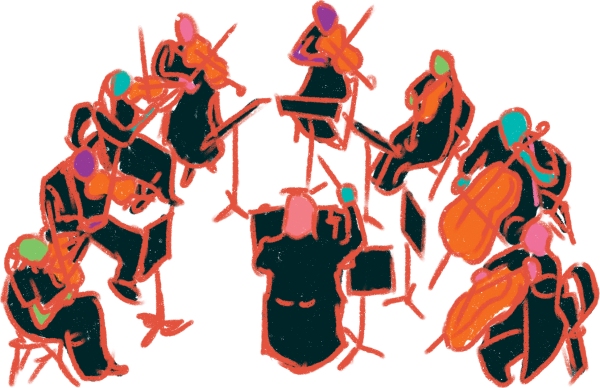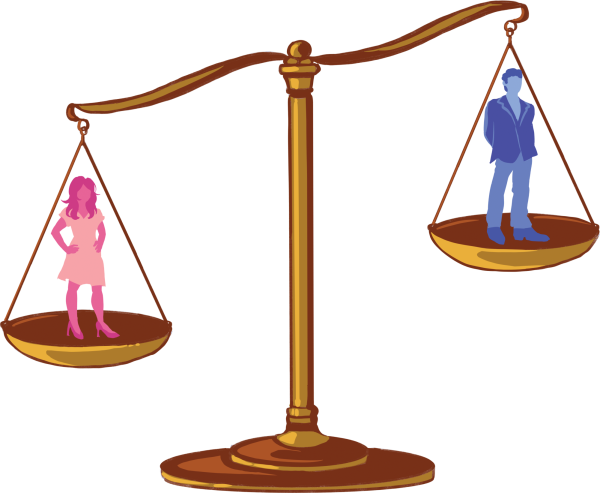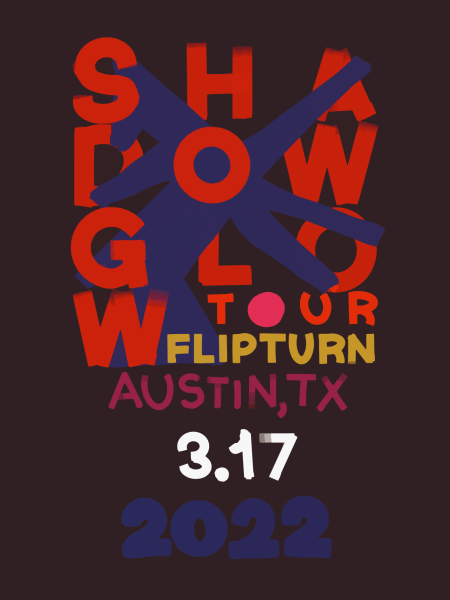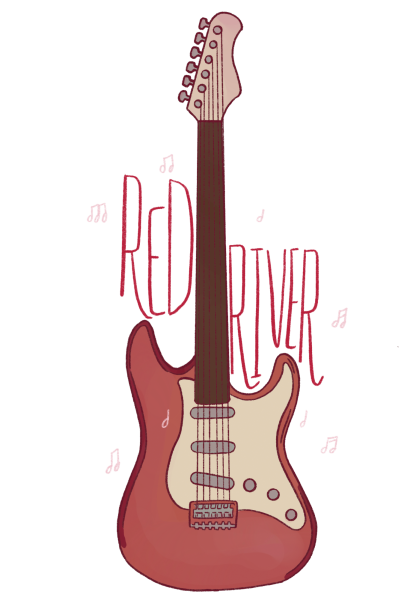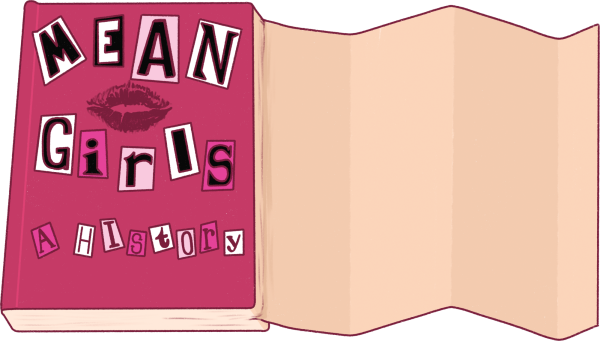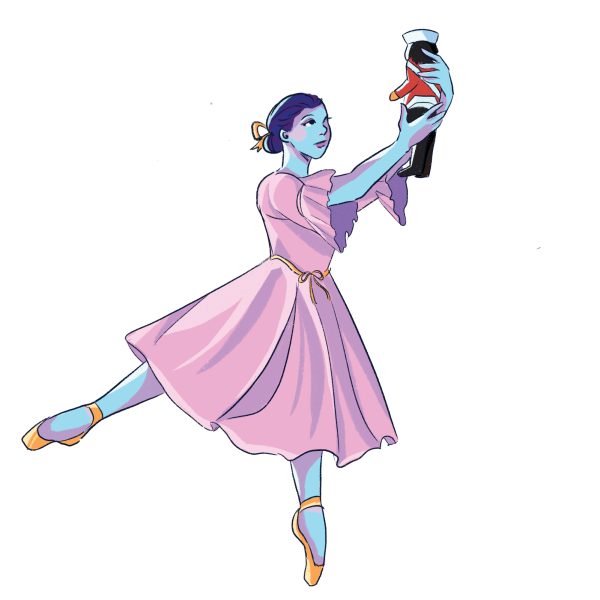Female directors at SXSW
April 2, 2018
The movie industry is receiving criticism recently for its lack of female contributors and female point of view. With sexual assault awareness campaigns such as Time’s Up and #MeToo, the problems women face in Hollywood are gaining more exposure than ever before. As a call to action, actress Natalie Portman pointed out the lack of female nominees for best director at this year’s Golden Globes, and now many film festivals have answered, including SXSW.
According to Forbes, one third of the full-length films at this year’s SXSW Film Festival were directed or co-directed by women. The narrative feature competition held the highest majority of female directed films, with 80 percent of the films being directed by women.
With this knowledge, I went into my SXSW film experience scouting out movies with a female perspective that is not common in blockbuster pictures. The first movie I saw was Sadie, a heartbreaking drama, written and directed by Megan Griffiths, that follows a teenage girl trying to cope with her mother’s blossoming romantic relationship with a new love interest, while her father is deployed overseas in a war zone. Griffiths is a reoccurring director at SXSW with her 2012 Audience Award winning drama Eden.
Sadie told a unique story with a very specific tone, which came across seamlessly with help from the shots allowed by the close corters of the RV park it took place in. The film was very dialogue heavy and didn’t contain many particularly cinematic shots, but all of this contributed to the dark tone the film adopted. Each actor was vulnerable enough in their portrayal of their character for me, as a viewer, to completely accept their story as true.
The story continues to become more heartbreaking as it moves along, but somehow is pulled together with the last intimate scene between Sadie and her mother that offers the audience enough resolution to not be in complete distress. Though hard to swallow, the film portrays many female characters having meaningful and real interactions and that makes it a film worth seeing. I was glad to watch a movie that superseded trope characters and followed a unique young girl exploring the world and dealing with her issues, a story not told often enough.
I would recommend this film to people looking for a story of a mother-daughter relationship, people who love intense dramas or dark coming-of-age stories, and anyone willing to watch a heartbreaking tale like nothing they have seen before.
The second movie I saw was writer-director Becca Gleason’s feature film debut, Summer ‘03. Summer ‘03 shares a commonality with “Sadie” in that it is another feminine coming of age story, but differs in that it is a more lighthearted dramedy. Joey King stars as the 16-year-old main character, Jamie, and the film begins with her grandmother’s last words to her that start her on a journey navigating her lack of a love life. This navigation leads her to an unexpected relationship with a young to-be-ordained priest at the neighborhood church, played by indie actor Jack Kilmer.
This film was another very unique story that continued to surprise me throughout. The humor was not always to my taste, but I enjoyed following Jamie as she struggled with problems most teenage girls go through while exploring their position in the world as a woman.
If you’re looking for a more lighthearted and funny, but equally original, drama I would recommend Summer ‘03. The film is full of personality and portrays a more believable version of teenage girls than what is often portrayed in big movies and tv.
Even if both of these films had flaws and weren’t my favorite, it’s important to seek out movies that tell stories from different perspectives and have new and refreshing characters. It’s important to support the people in the film industry that previously weren’t given a proper opportunities, and that includes women.

